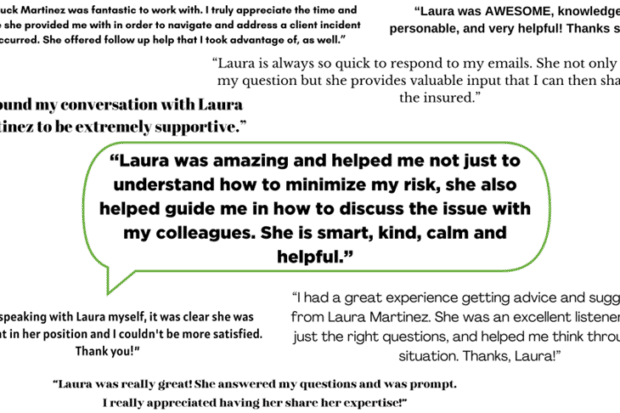COVID-19 has spread rapidly in Senior Care facilities across the country. For the facilities learning that they have positive cases, OmniSure’s CEO, Michelle Foster Earle, has a few words of advice for their leaders.
As a leader at a Senior Care facility, you may be shocked, angry, or wanting to place blame for how COVID-19 was introduced to your premises. Even after implementing all the safety precautions and tirelessly fighting to keep your patients, residents and staff safe, the reality of limited testing capabilities, increases in community cases and asymptomatic spread means sometimes infection still happens. While your feelings are all valid, when COVID-19 does show up in your facility, rapid assessment, emotional management, and actionable plans must be executed.
Michelle says that in a situation like this, “We always start with a pep talk.” It may sound like an unusual first step but a pep talk helps reaffirm duties and provides guidance. By reestablishing that you’re in a position of leadership, it’s easier to be clear, decisive, and to establish a plan with the people who report to you. It’s okay to feel the roller coaster of emotions that may come with this but remember you need to switch into management mode as quickly as possible. With everyone counting on you to address and assess the situation, you will need to clear your schedule and calmly begin crisis management efforts.
Remember the US Airways Flight that might have crashed but the pilots, Chesley Sullenberger and Jeffrey Skiles, who were unable to reach any airports, glided the plane into the Hudson River right there in Manhattan. There were definitely some injuries, but 155 lives were spared and we now call it the “Miracle on the Hudson.” There are probably not many pilots who have experienced that before, but they all know things like that can happen. So, what did those pilots do? They trusted their training and their skills. They did exactly what they had prepared in advance to do in an emergency.
“I’ve heard pilots say they are taught to remember: Aviate. Navigate. Communicate. Meaning, first and foremost, fly the plane,” Michelle said. “You need a pilot in the cockpit, with his or her hands on the controls. In a crisis, the Administrator or Executive Director needs to be laser focused on controlling all the crucial dials and steps. Isolate and contain the known infection. Survey the rest. Any other signs and symptoms in residents, and staff? Test what and who you can. Then protect. Do you have PPE? What supplies do you have? These are your gauges and they inform what’s next: which is Navigate. What is the safest path forward? How do we get there? What’s needed? This is where consulting your trusted inner circle of experts can be lifesaving.”
Don’t go it alone. Call your clinical risk consultant and your local health department as you establish next steps as a wide spectrum of things could happen. You might need to discharge/evacuate COVID positive residents. If you have a significant outbreak, it might mean evacuating residents who test negative. It could mean moving to a contingency staffing plan, or bringing in emergency staff.
Finally, and possibly one of the most important means of executing your lifesaving COVID plan is: Communicate. You must explain what’s happening, what’s needed, and who is responsible for doing what – everything must be addressed and clearly communicated. Start with the staff and the health department, then residents and families. Don’t forget you must also report to the CDC. Try to get it in front of it publicity wise. Make friends with the media to help manage the story as much as possible. Those leaders who are able to communicate with confidence, clarity, empathy, and an ability to inspire others to be their best selves are going to have the best outcomes.
If you find yourself in this situation, don’t delay to get expert advice and help. OmniSure is here to assess and address risks with you 24/7.
Read more about our risk management recommendations at our COVID-19 Resources Page.



